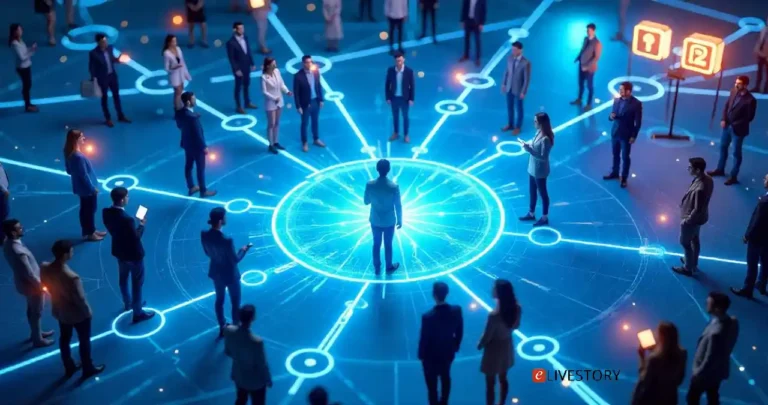
Introduction
The digital landscape is constantly evolving, and with it, the world of influencers is undergoing a radical transformation. “Influencersginewuld“ represents this shift—a fusion of influencer culture and a new digital realm where creativity, authenticity, and technology collide. Gone are the days when influence was solely about follower counts; today, it’s about engagement, niche authority, and innovative content strategies. This article explores the key aspects of this new era, examining how influencers are adapting, the emerging trends shaping the industry, and what the future holds for digital creators and their audiences.
1. The Rise of Micro and Nano-Influencers
In the past, mega-influencers and celebrities dominated brand collaborations, but the Influencersginewuld era has seen a surge in micro (10K–100K followers) and nano-influencers (1K–10K followers). These creators often boast higher engagement rates and stronger community trust, making them invaluable for brands seeking authentic connections. Unlike traditional influencers, micro and nano-influencers thrive in hyper-specific niches—whether it’s sustainable fashion, indie gaming, or niche hobbies like vintage book collecting. Their relatability and accessibility redefine influence, proving that bigger isn’t always better.
2. The Shift from Sponsored Content to Value-Driven Partnerships
Audiences are growing weary of blatant advertisements disguised as organic posts. In Influencersginewuld, successful influencers prioritize value-driven partnerships—collaborations that align with their personal brand and genuinely benefit their followers. Instead of one-off sponsorships, long-term ambassador roles and co-created products are becoming the norm. This shift not only enhances credibility but also fosters deeper audience loyalty, as followers appreciate transparency and meaningful content over forced promotions.
3. The Emergence of Virtual Influencers and AI-Driven Personalities
Technology is reshaping influence itself, with virtual influencers like Lil Miquela and AI-generated personas gaining massive followings. These digital avatars, often backed by sophisticated algorithms and creative storytelling, challenge the definition of authenticity. While some argue they lack human relatability, others see them as the future—brand-safe, endlessly customizable, and capable of 24/7 engagement. The Influencersginewuld landscape will likely see a blend of human and virtual influencers, each serving unique purposes in marketing and entertainment.
4. The Power of Short-Form Video and Platform Evolution
TikTok’s explosive growth has cemented short-form video as the king of content in Influencersginewuld. Platforms like Instagram Reels, YouTube Shorts, and even LinkedIn Video are prioritizing bite-sized, high-impact content. Influencers must now master rapid storytelling, trending sounds, and algorithmic adaptability to stay relevant. Additionally, the rise of live streaming (Twitch, TikTok Live) and audio-based platforms (Clubhouse, Twitter Spaces) offers new avenues for real-time engagement, further diversifying how influence is cultivated.
5. Community Building Over Vanity Metrics
Follower counts and likes are no longer the sole indicators of success. The Influencersginewuld mindset emphasizes community building—cultivating a dedicated, interactive audience rather than chasing mass appeal. Private Discord groups, subscription-based content (Patreon, Substack), and exclusive social media circles allow influencers to deepen connections with their most loyal followers. This trend highlights a move from broad visibility to meaningful engagement, where a smaller, highly invested audience can drive more impact than passive millions.
6. Ethical Influence: Transparency, Diversity, and Social Responsibility
As audiences grow more discerning, influencers face increasing pressure to practice ethical influence. This includes transparent sponsorships (#Ad disclosures), promoting diversity and inclusivity, and addressing social issues authentically. The Influencersginewuld era demands accountability—followers reward creators who take stands on mental health, sustainability, and equity while penalizing those who engage in tone-deaf or exploitative practices. Brands, too, are prioritizing partnerships with influencers who align with their corporate values, making social responsibility a key factor in influence.
Conclusion: Navigating the Future of Influence
The Influencersginewuld era is dynamic, demanding adaptability, innovation, and authenticity from digital creators. Whether through micro-influencers, AI personalities, or ethical branding, the core of influence remains trust and connection. As platforms evolve and audience expectations shift, influencers who embrace these changes—prioritizing value, community, and responsibility—will thrive. The future of influence isn’t just about visibility; it’s about impact, and those who recognize this will lead the next wave of digital culture.